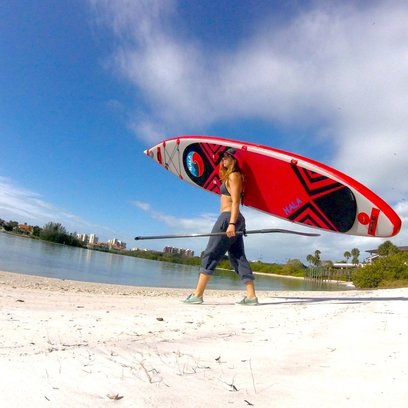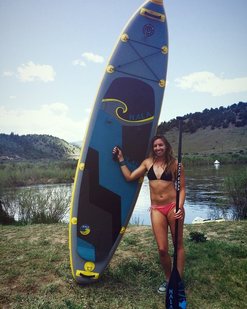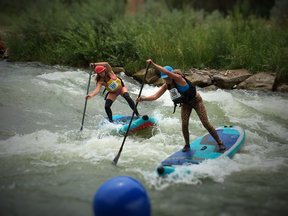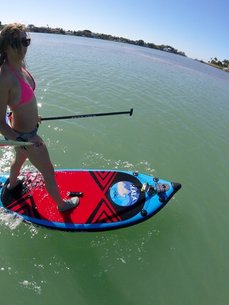|
So You Want to Purchase a Paddle Board? [Part 2 of Series]
Features to Consider and What They’re Good For: Length. I am purposely ambiguous with the length specifications because it is relative to the person. My next blog post will shed some light on basic lengths of boards to look for within each niche of the sport. But in general... Longer Pros:
Shorter Pros:
Shortest Pros:
Shape. Narrow Boards Pros:
Wide Boards Pros:
Flat Boards Pros:
Rockered Boards Pros:
Volume. Inflatable Boards:
Hard Boards:
Thick/Higher Volume SUPs: Pros:
Here’s where it gets tricky. Hard boards (and even inflatable SUPs) can be a variety of shapes and thicknesses depending on what part of the board you’re looking at. Look at the board and see how the volume is distributed.
So based on the guide we just read, we can then decipher that if the board has less volume in the nose and tail, it will sink with more ease when you step back to do a pivot turn, walk around your board, put a dog on it, etc. We can also decipher that tapered boards will feel less stable, possibly more hydrodynamic, and also sink easier in the nose and tail, because it is more narrow and has less volume in those areas. My Advice.
Next week I will post a breakdown of the different niches of the sport and will help you decide where you should start in your search for the perfect SUP for you. By knowing these general features and how it affect the performance of the paddleboard, you will more easily be able to pick and choose what specific board fits your needs, as every board is different. Please check out my Facebook or Instagram to follow my latest adventures. If you have any questions you would like me to answer regarding purchasing a SUP, please feel free to message me. Thanks for reading! |
Archives
September 2019
Categories
All
|




 RSS Feed
RSS Feed